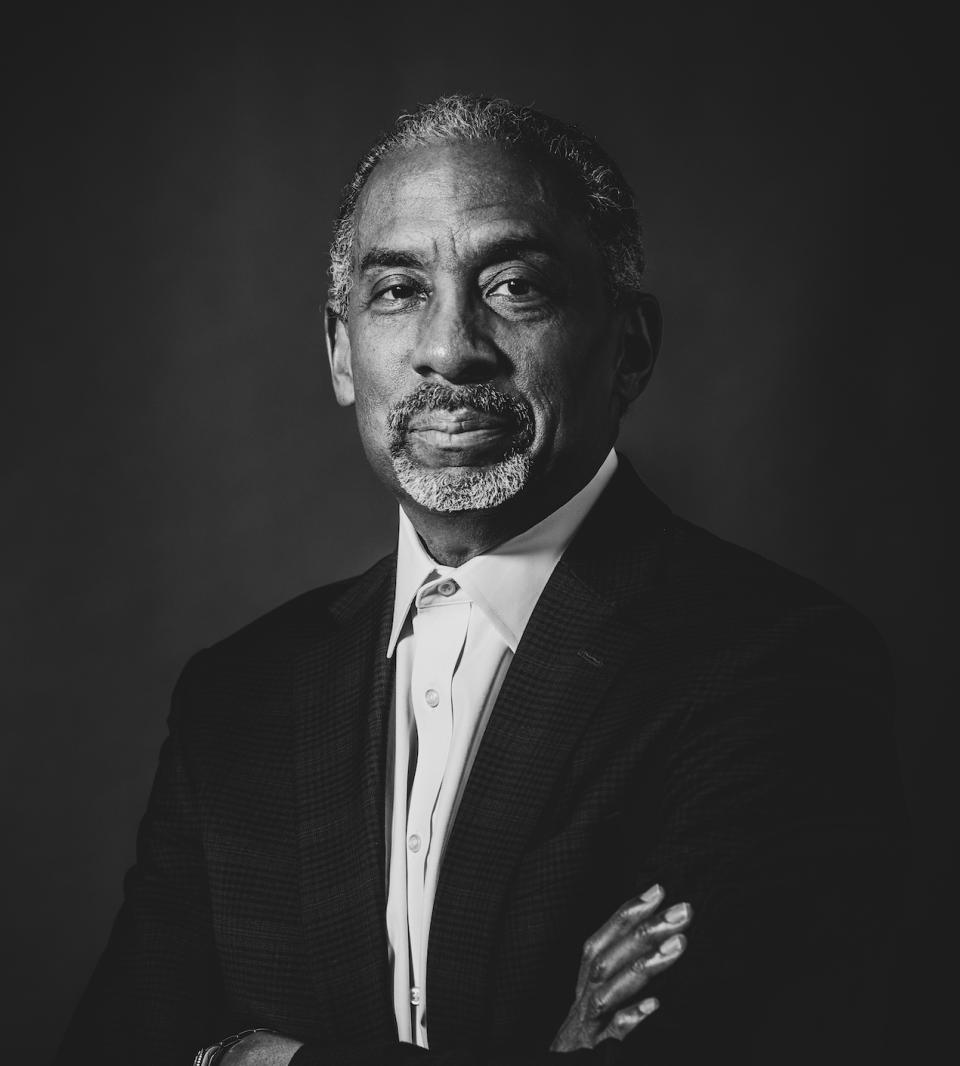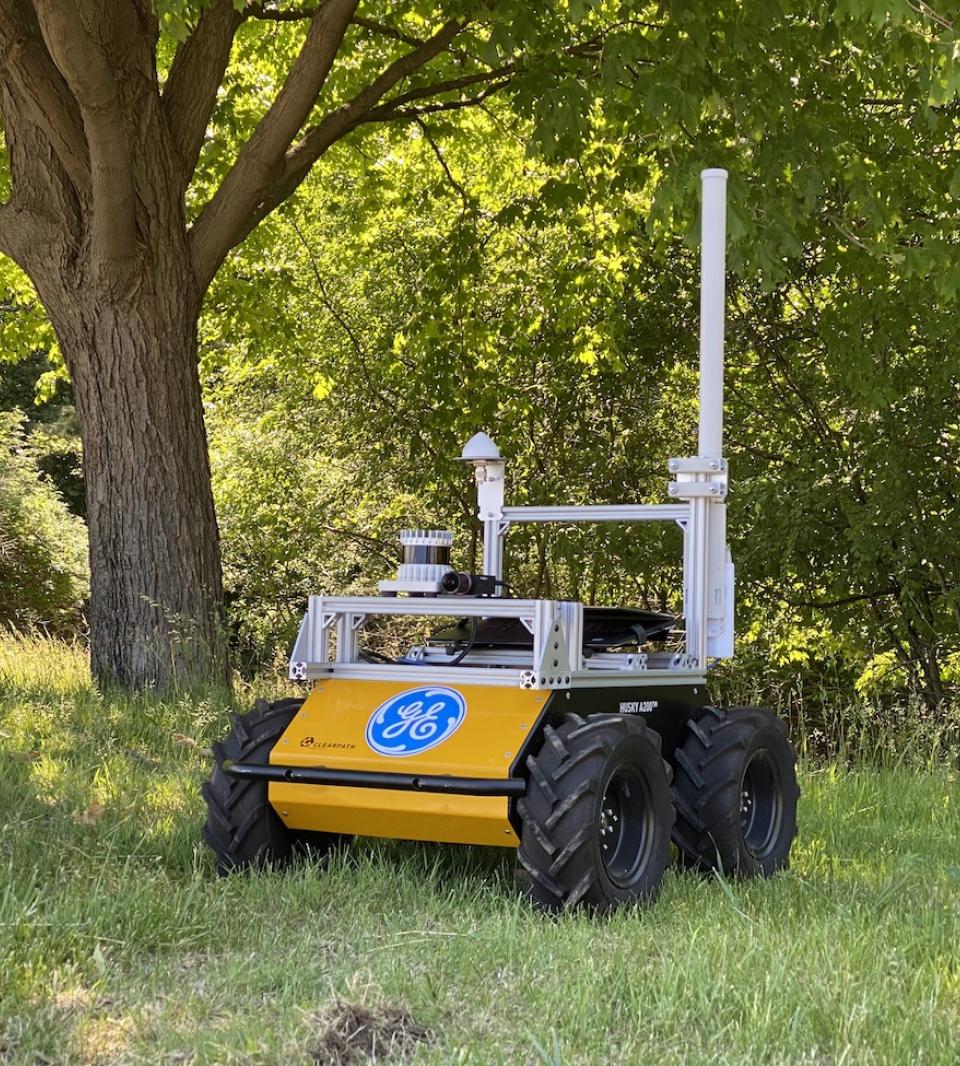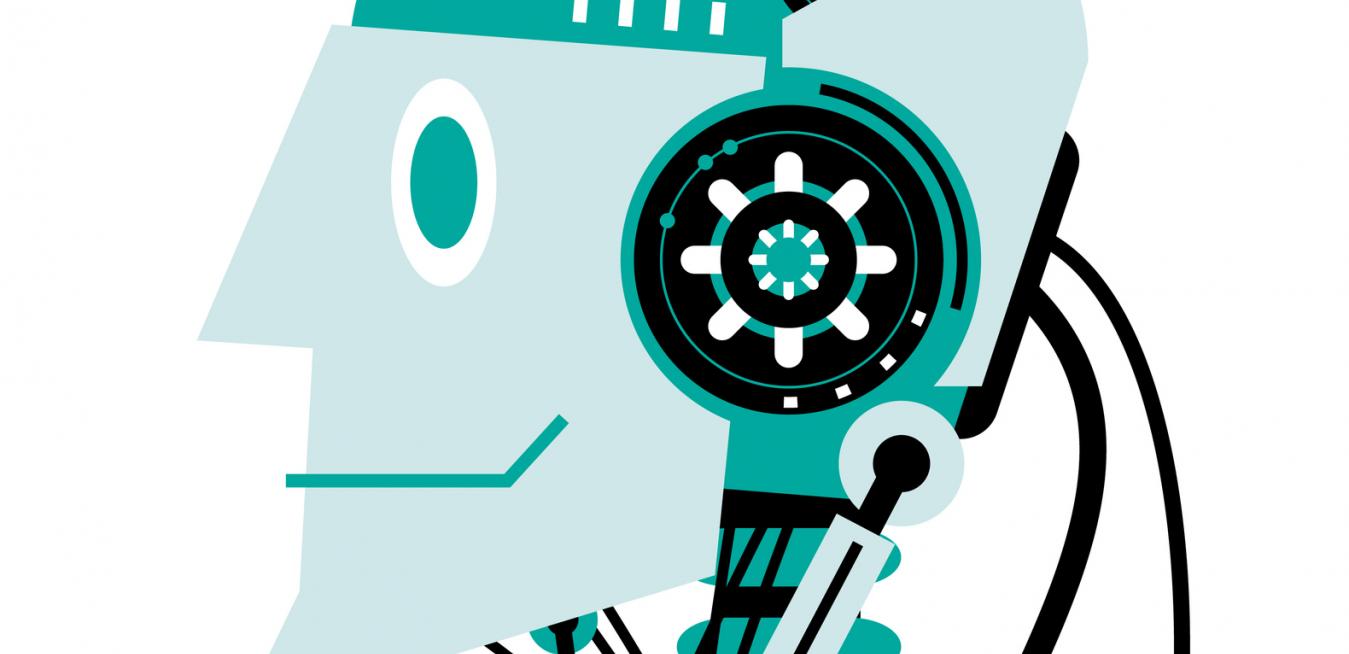Colin Parris, the chief technology officer at GE Digital, has spent his career helping companies gather data and find ingenious ways to analyze it and get smarter. He has helped pioneer technologies like digital twins — digital models of real-world machines like jet engines or turbines that can be used to model and predict the outcomes of possible future situations — and “humble AI,” a concept that aims to bring the human and the AI together.
A curious creature crawls steadily through the underbrush in a remote forest. It’s not a badger or bobcat but an autonomous vehicle (AV), an unmanned four-wheeled contraption that looks a bit like a miniature moon buggy. Then the movement halts suddenly, as if the AV has paused for thought. Hidden in the foliage is an impassable obstacle: a fallen oak tree. After a couple of minutes of recalibration, the AV skirts the massive trunk and pushes on.
Here’s a nightmare story for you: Machines, endowed with artificial intelligence, get smarter than their creators, take charge and attempt to save humans from themselves. Oops. Smarts, it turns out, are different from wisdom. Pooh-poohing a saying variously attributed to Socrates, Aristotle as well Albert Einstein — the more I know, the more I realize I know nothing — the machines push ahead and bring civilization crashing down on all of us.








